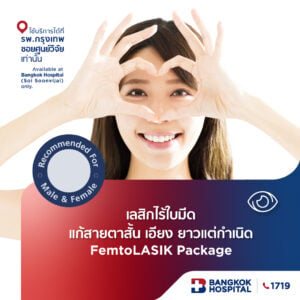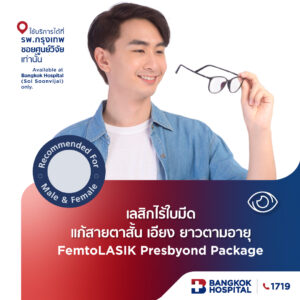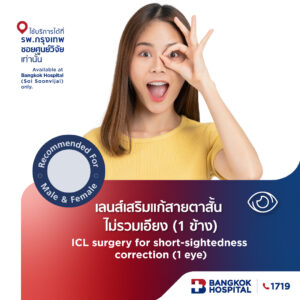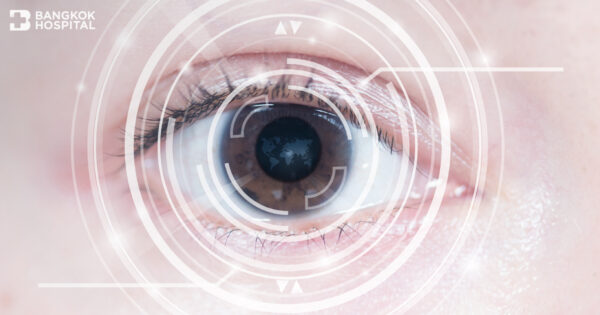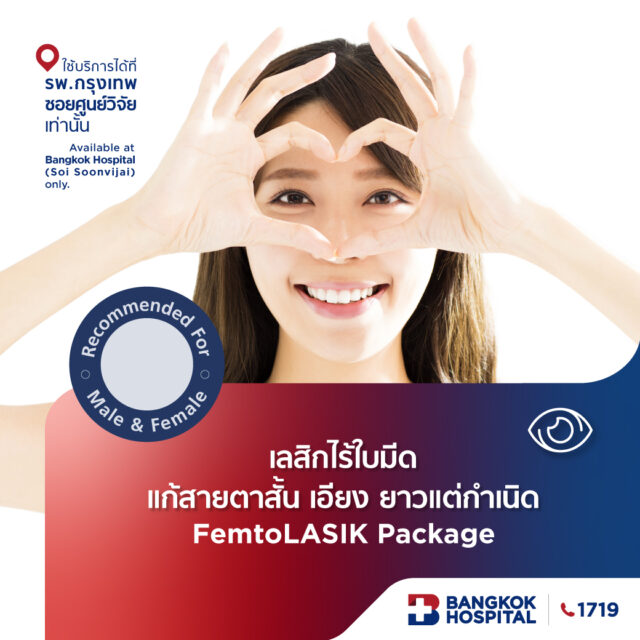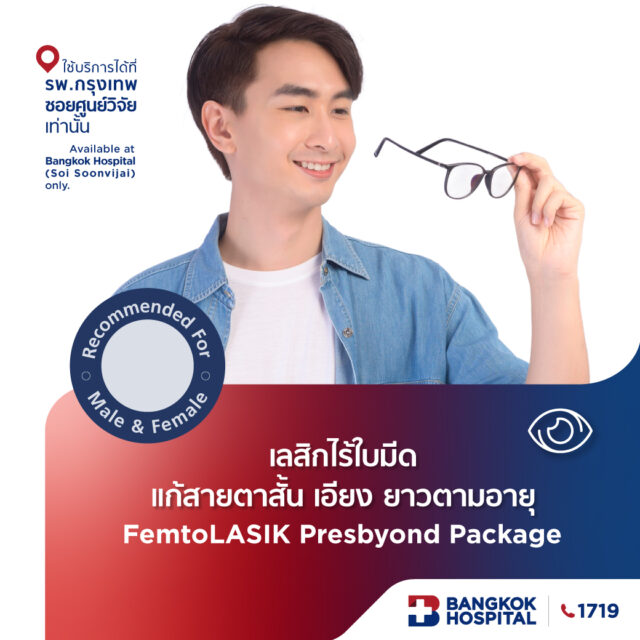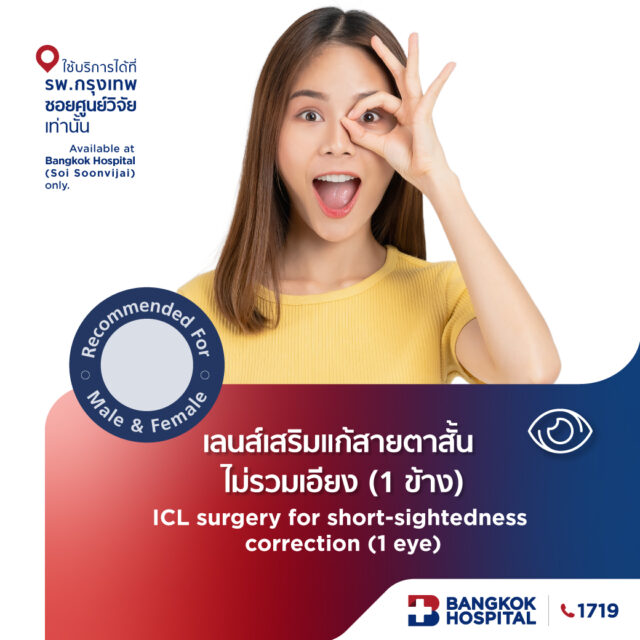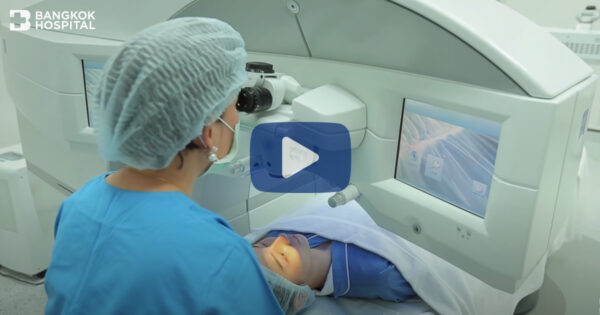Photorefractive keratectomy (PRK) is a type of refractive surgery. PKR uses a laser to treat vision problems caused by refractive errors, such as myopia(nearsightedness), hyperopia (farsightedness) and astigmatism. A refractive error occurs when eye does not refract (bend) light properly. Both PRK and laser-assisted in situ keratomileusis (LASIK) are laser surgery techniques used to help improving eyesight by modifying the cornea of the eyes. However, PRK and LASIK use different methods to reshape cornea tissue.
With PRK, the ophthalmologist takes away the top layer of the cornea, known as the epithelium by using a special brush, blade, laser or alcohol solution. The ophthalmologist then uses lasers to reshape the other layers of the cornea and fix any irregular curvature in the eye.
With LASIK, the ophthalmologist uses lasers or a tiny blade to create a small flap in the cornea. This flap is raised up then laser is used to reshape the cornea. The flap is lowered back down after the surgery is complete and the cornea repairs itself over the next few months.
Although both techniques have been widely used, LASIK might be considered superior procedure since it causes less pain, fewer eye irritation or discomfort and other postoperative complications with a quicker recovery time. In addition, patients undergoing LASIK are more likely to experience less halos around lights and their vision can return to normal faster, compared to PRK.
Who is an appropriate candidate for LASIK?
To undergo LASIK, patients are required to meet certain criteria and conditions. To determine whether you are a good candidate, a comprehensive eye examination must be conducted. Tests includes:
- Visual acuity
- The overall health of the eyes
- Measurements of the cornea e.g. curvature, thickness and refractive error
- Pupil size
- Wavefront analysis to detect optical irregularities of the visual system that contribute to visual quality.
Despite LASIK remains the most commonly performed visual refractive surgery, nonetheless, there remain selected situations in which PRK may be preferable.
To undergoing LASIK, patients need to meet these basic requirements:
- People aged over 18 when vision is more likely to have stopped changing.
- Eye prescription should not have changed in the last year.
- LASIK is generally not advisable in patients who are pregnant or breastfeeding.
- Corneas need to be healthy with the absence of corneal abrasions or disease, such as Age-Related Macular Degeneration (AMD), eye infections and advanced dry eyes.
- Overall eye health must be generally good without skin or other disease that can affect healing process e.g. diabetes.
- Realistic expectation and understanding about LASIK and its possible side effects e.g. halos around lights, temporary impaired vision and dry eyes.
Possible side effects and complications
Thorough consideration and realistic expectation in refractive surgery are required before making decision whether or not to receive treatments. Performed by highly experienced ophthalmologists supported with cutting-edge technology, LASIK is an effective procedure to correct a wide range of vision problems. Even though LASIK is considered a safe refractive surgery with satisfying outcomes, it still possesses rare side effects and mild postoperative complications. These might include:
- Infection: Corneal infection and sterile infiltrates are rare early complications of laser refractive surgery.
- Under or overcorrections: Persistent refractive errors may occur following laser refractive surgery due to under-correction, overcorrection, or regression.
- Glare or halos around lights: This phenomenon is more likely to occur at night when pupillary dilation allows for the transmission of light at the edge of the ablation zone. This symptom tends to diminish with time.
- Vision fluctuations: Fluctuating vision might be experienced, however it is often a temporary effect.
- Dry eyes: LASIK might cause some nerves in the cornea to be cut, leading to reduced corneal sensitivity. In response, the eyes may not sense the need for lubrication, causing the body to produce fewer tears, resulting in dry eye syndrome.

